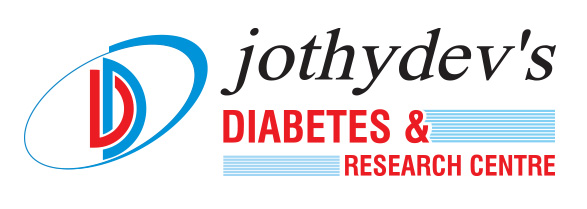6. How What You Eat Affects Hunger?

The human gut, particularly a section called the ileum, plays a crucial role in how our body responds to food, especially in controlling our appetite. The ileum is packed with special cells, called enteroendocrine L-cells, that release hormones like GLP-1 (Glucagon-Like Peptide-1) and PYY (Peptide YY (Peptide Tyrosine Tyrosine). These hormones help suppress our appetite, making us feel full after eating. But how does the type of food we eat influence the release of these hormones?
To understand this better, researchers conducted a study where they looked at how different types of diets—specifically those high or low in fiber—affect the release of appetite-suppressing hormones in the ileum. The study involved healthy volunteers who were given diets with varying levels of fiber and different food structures (whether the food was intact or disrupt.
Participants in the study had a special tube inserted into their ileum to collect samples of the food as it was digested. The researchers took samples every hour for 8 hours after the participants ate to analyze how the contents of the ileum changed over time and how these changes affected the release of appetite hormones.
The study revealed some fascinating insights:
This study shows that what you eat doesn’t just fill you up—it can change the environment in your gut and influence how much of the appetite-suppressing hormone PYY is released. High-fiber foods, in particular, seem to play a key role in helping control hunger by promoting the release of these hormones.
For enquiries info@jothydev.net.
Please visit: jothydev.net | research.jothydev.com | diabscreenkerala.net | jothydev.com/newsletter




